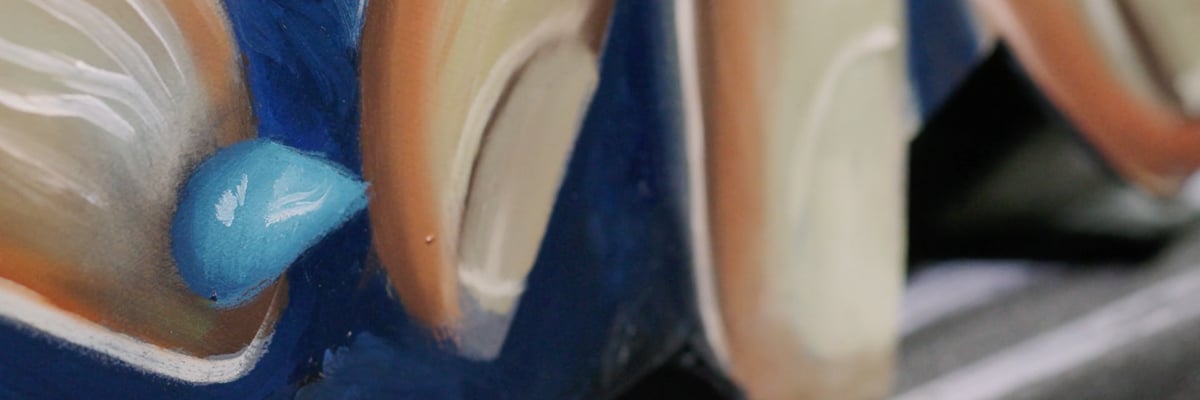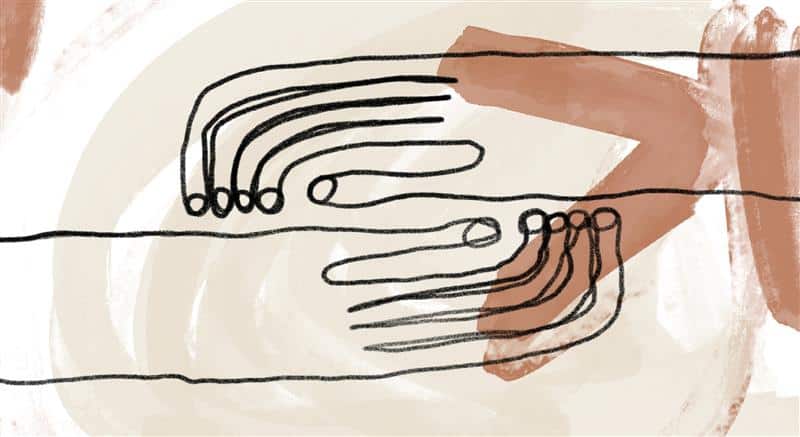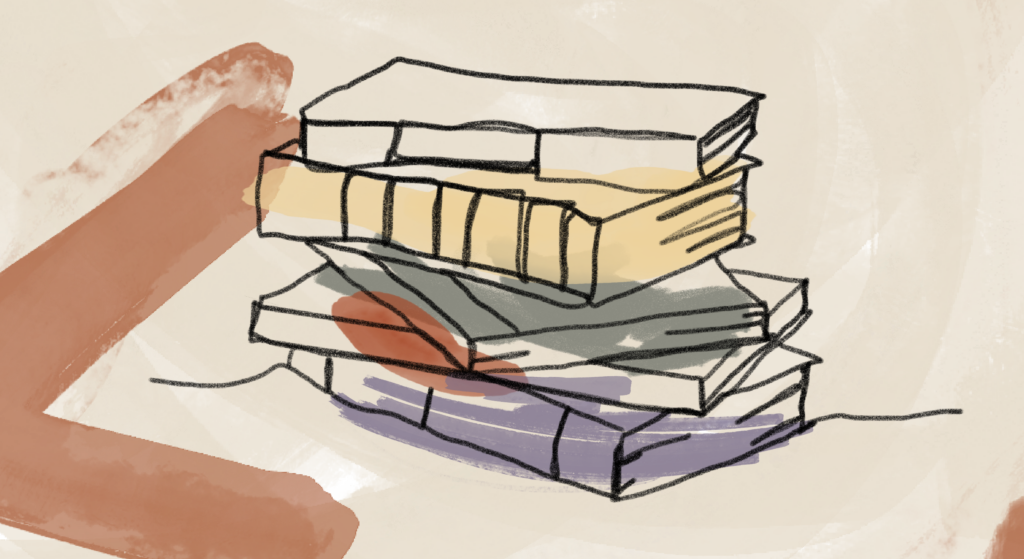
Mirabai Starr shares what she learned about the nonviolent direct actions of Jesuit peace activist Father Daniel Berrigan (1921–2016). Inspired by conversations with her friend and iconographer Father William (Bill) McNichols, she reflects:
What many of his followers may not have known was that Daniel Berrigan was inconsolable. As a champion for nonviolence, Dan did not see a lot of evidence that the culture of war would ever wane. Nevertheless, he persevered. What else can a true prophet do? “One is called to live nonviolently,” he said, “even if the change one works for seems impossible. It may or may not be possible to turn the United States around through nonviolent revolution. But one thing favors such an attempt: the total inability of violence to change anything for the better.” [1] He also said, “Peacemaking goes nowhere and yet it must be done.” [2]
As a young Jesuit, Fr. Bill lived in a communal house with Dan Berrigan in New York City. Sometimes, when Dan did not come down for dinner, Bill would go upstairs and knock on his door. “He’d look like he’d been assaulted,” Fr. Bill told me. It wasn’t the criticism he received that burdened him, because when Bill asked him what it was like to be continuously attacked, he answered, “I think I must be doing something right.” It was more about what Fr. Bill describes as “taking on God’s anguish for the world and walking around with it.” Fr. Bill says that in these moments, he was so deeply moved by Dan’s sorrow that all he could do was to sit quietly beside him. “It was like visiting Job,” he told me.…
A prophet cannot know that all will be well, that those in power will wake up and mend the damage they have caused, and that peace will prevail. The mystic can never be certain that union with God will be the outcome of longing for God. They must rest in unknowing. Unknowing is not always comfortable. In fact, it can feel a lot like grief.
And yet that emptiness, that waiting, that liminal space is sacred. It’s what distinguishes a prophet-mystic from a self-righteous activist or a spiritual narcissist. It is in the interior desert, where the landscape appears barren, that patience reveals the miracle of life teeming just below the surface. The more we mindfully observe what is, the more beauty comes into focus. There is nothing broken here, nothing to fix. Rather, the prophet-mystic practices sitting with reality as it is. From that space of quiet listening, we may perceive what is ours to do and tap into the vitality we need to do it. We take up our birthright of belonging and, in the spirit of the mystical Jewish teaching of tikkun olam, we mend the broken world and restore wholeness to the web of interbeing.
References:
[1] Daniel Berrigan, The Trouble with Our State, edited by John Dear (Resource Publications, 2021), vii.
[2] As quoted in John Dear, “Daniel Berrigan, Apostle of Peace: An Introduction (of Sorts),” in Apostle of Peace: Essays in Honor of Daniel Berrigan, ed. John Dear (Wipf and Stock, 1996), 16.
Mirabai Starr, “Inconsolable: The Path of the Prophet-Mystic,” ONEING 12, no. 2, The Path of the Prophet (2024): 51–52, 53. Available in print and PDF download.
Image credit and inspiration: Noé Barnett, Untitled (detail), 2024, oil paint, Albuquerque. Click here to enlarge image. A painted image from art by Noé Barnett, inspired by Richard Rohr’s book The Tears of Things, a hand holds a single tear gently and with great care.
Story from Our Community:
Each morning, after brewing a cup of tea, I retreat to my sacred space to reflect, journal, and join my spiritual community at the CAC. It is the most important part of my day. I feel held by each one of you, and am often brought to tears by the stories of others in this connected community. During my meditation, I often hear a short phrase that I know is God speaking to my soul. I have noted them in a special journal. I am often overwhelmed by the sense of God’s presence and love for me.
—Janice D.




